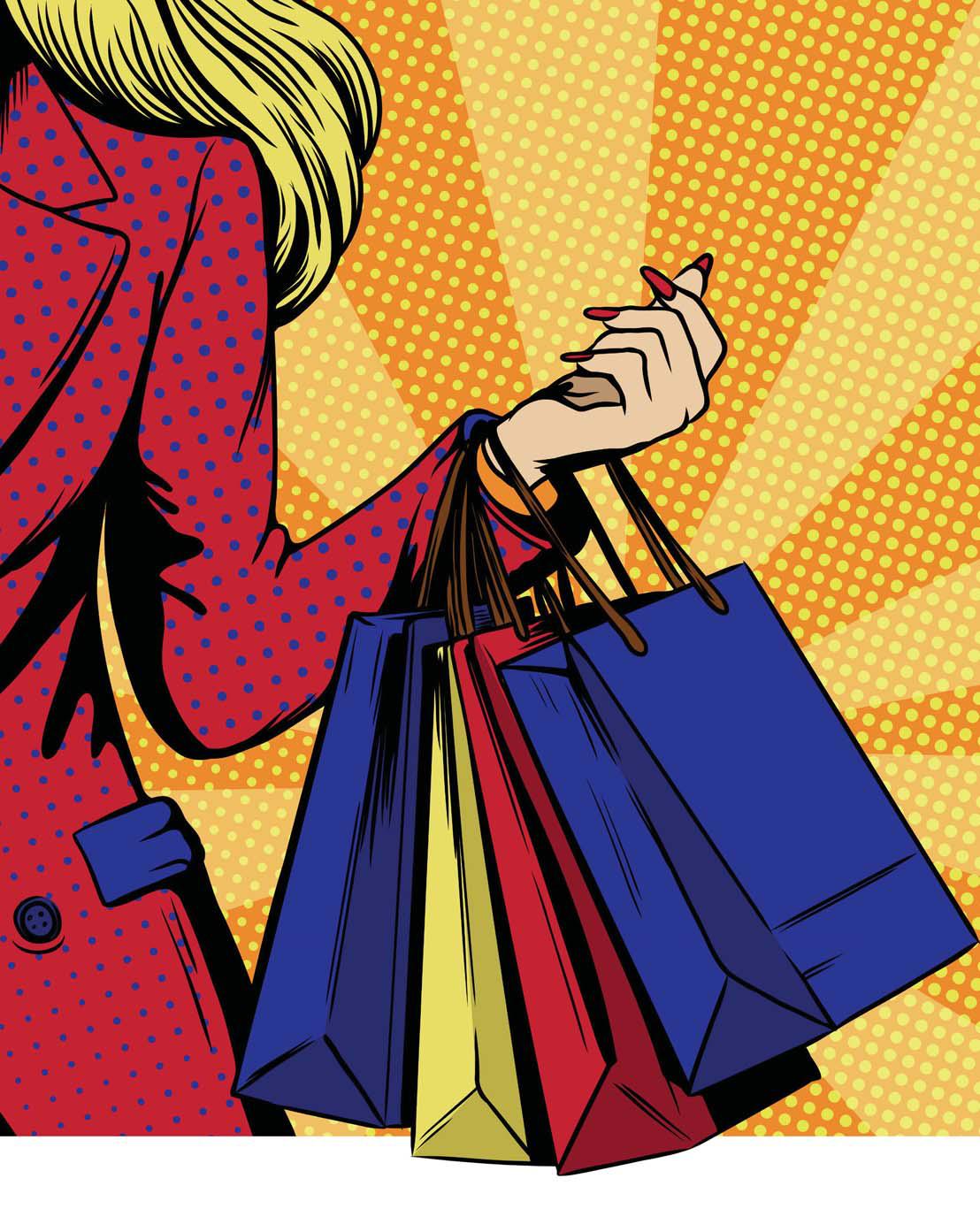This constituency is concerned about President Trump's threat of across-the-board import tariffs, which could mean travelers paying higher duties when bringing into the U.S. prized Italian- and French-made handbags, fragrances, and double-face cashmere. Could this spell the end of those pit stops at the VAT machines at Charles de Gaulle after shopping sprees on Avenue Montaigne? Mon Dieu!
In truth, the specter of tariffs did shake up some economies, especially those of major trading partners like Canada and Mexico, but the demand for designer goods is what economists refer to as "elastic?" "If they want it, they buy it," says Laura LaRosa, a wealth manager who is herself a VIP client at the Philadelphia department store Boyds. "The one percent is not going to worry about paying $11,000 for a handbag versus $10,000."
As it turns out, tariff anxiety was really emanating from the fashion capitals of the world. "Clients are concerned about the price of fashion in general," says Beth Buccini, owner of Kirna Zabête, a retailer with boutiques on the East Coast and in Nashville. “But we haven't heard a single customer express concern about tariffs impacting fashion pricing. We have heard this from many designers." Independent labels face a rock-and-a-hardplace decision: They can eat those anticipated tariffs, or they can raise their prices and see what their consumers say. Some might shrug.
"If I buy something that's enormously expensive, I feel like I'm special because I have the expensive, amazing thing," says Lyndie Benson, whose longtime Hermès habit led her to start her own label, Bleusalt. She wanted a sweater as soft as Hermès cashmere but hardy enough to survive salt and sand from surfing."I like to pay a lot for something and care about it, okay? If I buy it on sale, I don't like it as much?"
Still, everyone has a limit, and it appears that even luxury shoppers like Benson reached it after four years of stupendous price increases from upper echelon brands that began shortly after the pandemic. Labels blamed supply chain disruptions for the hikes, but it was a severely lucrative period for the market. The average luxury good is 60 percent more costly today than it was in 2019, according to HSBC Global Research.
There is some pushback now. Shoppers have dialed back their high-end purchases, leading to what some have called a luxury slowdown. Benson's response to a recent home delivery doesn't bode well. Her order included a pantsuit from the Row: a long black jacket and cigarette pants. "It was gorgeous. I wanted it so bad," she says. But the price was $10,000. "It's too expensive." She shocked herself by sending it back to the store.
The new administration is forcing designers and brands to ponder how much more consumers are willing to absorb. Shoppers, after all, won't be able to tell from the price tag how much is due to tariffs and how much is just a plumped-up profit margin.
A basic white Dior logo tee costs $980. To the global trade wonks among us, that tee falls under U.S. tariff code 6109, which includes "T-shirts, singlets, tank tops, and similar garments, knitted or crocheted." If it costs $1,180 this coming fall thanks ...


